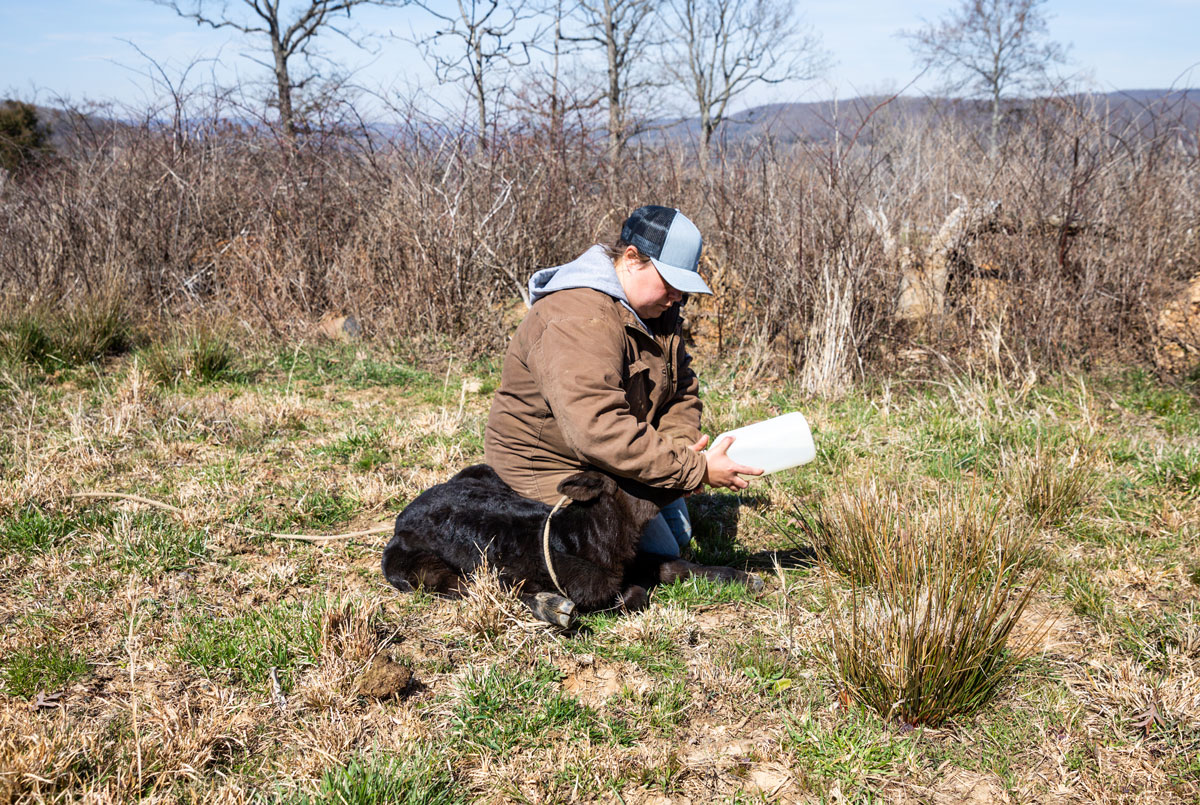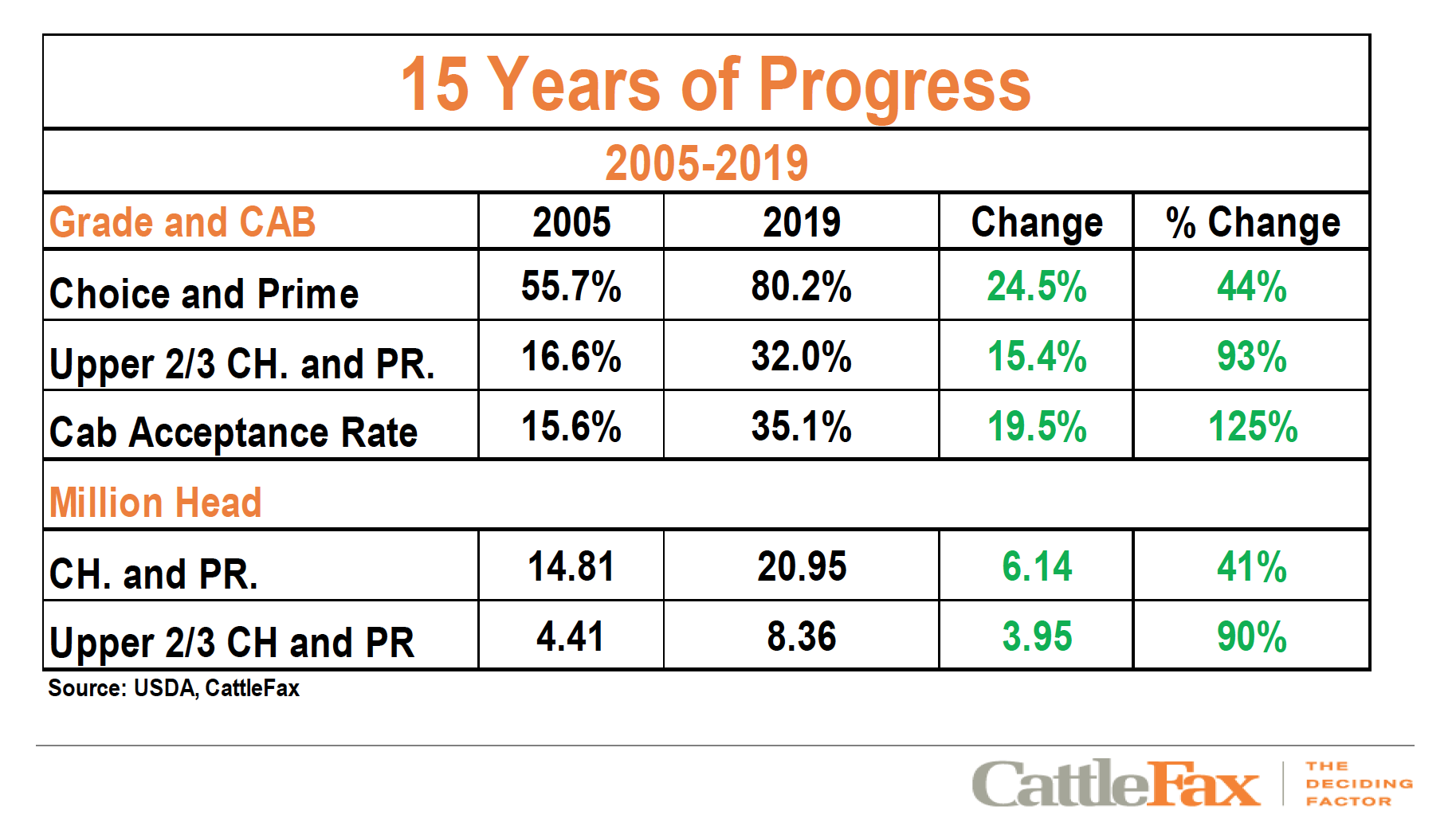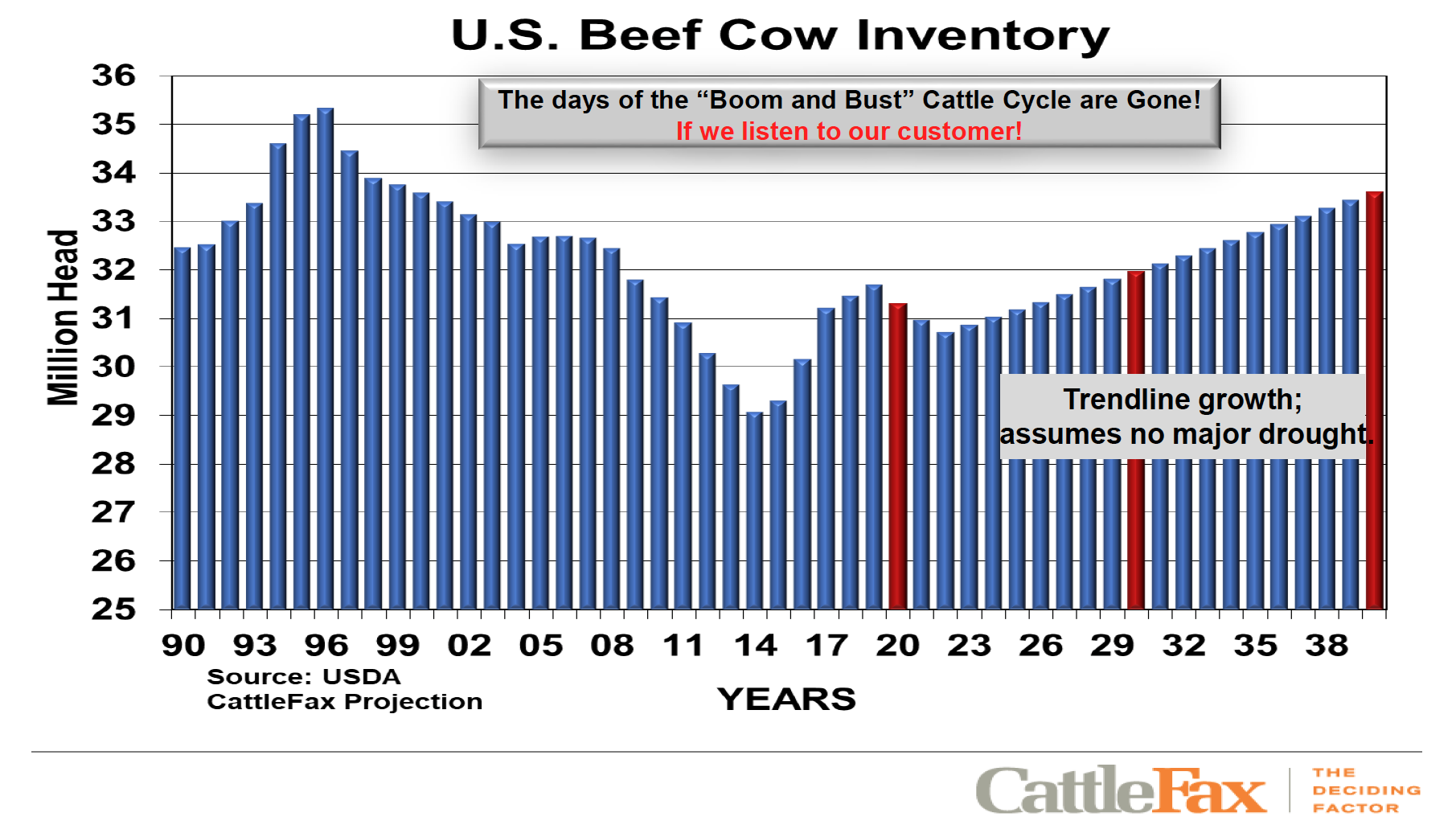
More Than Steak and Potatoes
Resonating with today’s beef consumer takes more than taste.
by Morgan Boecker
March 2023
Yesterday’s steak and baked potato is today’s beef brisket from the restaurant downtown. The food scene is changing, driven by a new age of consumers who want more. They seek new flavors and attributes on the packaging, but still expect beef to taste great.
“We can do all the things in the world,” said Danette Amstein, principal at Midan Marketing and sixth-generation rancher. “But ultimately if it’s not going in their cart or it’s not on their order at the restaurant then it doesn’t really matter.”
Consumers today think about food differently. They don’t know how livestock are raised, so they’re concerned about animal welfare, what the animal eats, the environment and so on, Amstein said.
“Our consumer has changed significantly over the years and some of them don’t even think about steak when they think about beef,” she said.
The great thing about our product is its ability to be utilized across the entire carcass to meet these new expectations.
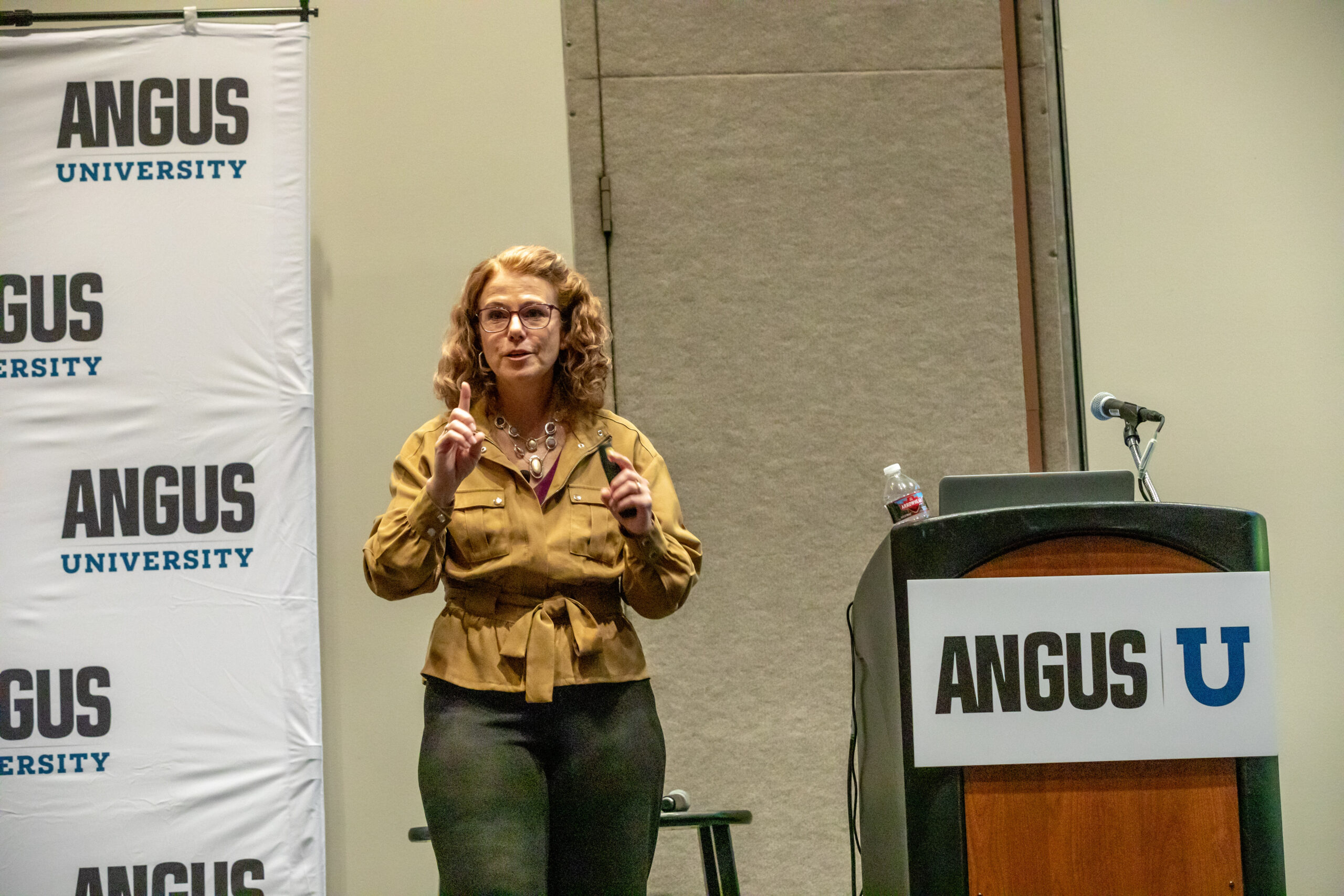
As a sixth-generation rancher, Danette Amstein applies Midan Marketing’s research to share her family’s ranch on social media. “Stop being afraid to show your story.”
Today’s Consumer
Midan Marketing serves as a conduit for sharing with cattlemen what consumers are seeking. Diving into different categories of consumers, they want more than just meat and potatoes and that changes across categories and generations.
Consumers can be split into five categories, but the COVID-19 pandemic influenced how and where people consumed food. According to the Meat Consumer Segmentation 2.1 survey in September 2020, there were 39% convenience chasers, 20% protein progressives, 18% family-first food lovers, 16% aging traditionalists and 8% wellness divas.
Another component of meeting consumer satisfaction are generational differences and the upcoming Gen Zs, which are generally anyone born after 1997.
“They’re (Gen Z) adventurous eaters and they’re going to try anything,” Amstein said. “If they like it, they’ll stick to it. Food is social, so they’re easily influenced by their friends.”
Gen Zs are also the biggest group of online shoppers and are curious about animal welfare and nutrition, too.
Each year the population becomes more multicultural, which translates to more flavors and varieties of food on the plate. That gives the beef supply chain more opportunities to capitalize on beef’s versatility, Amstein said.
How do we get each segment to think about beef? “We need products that fit across all of these,” she said.
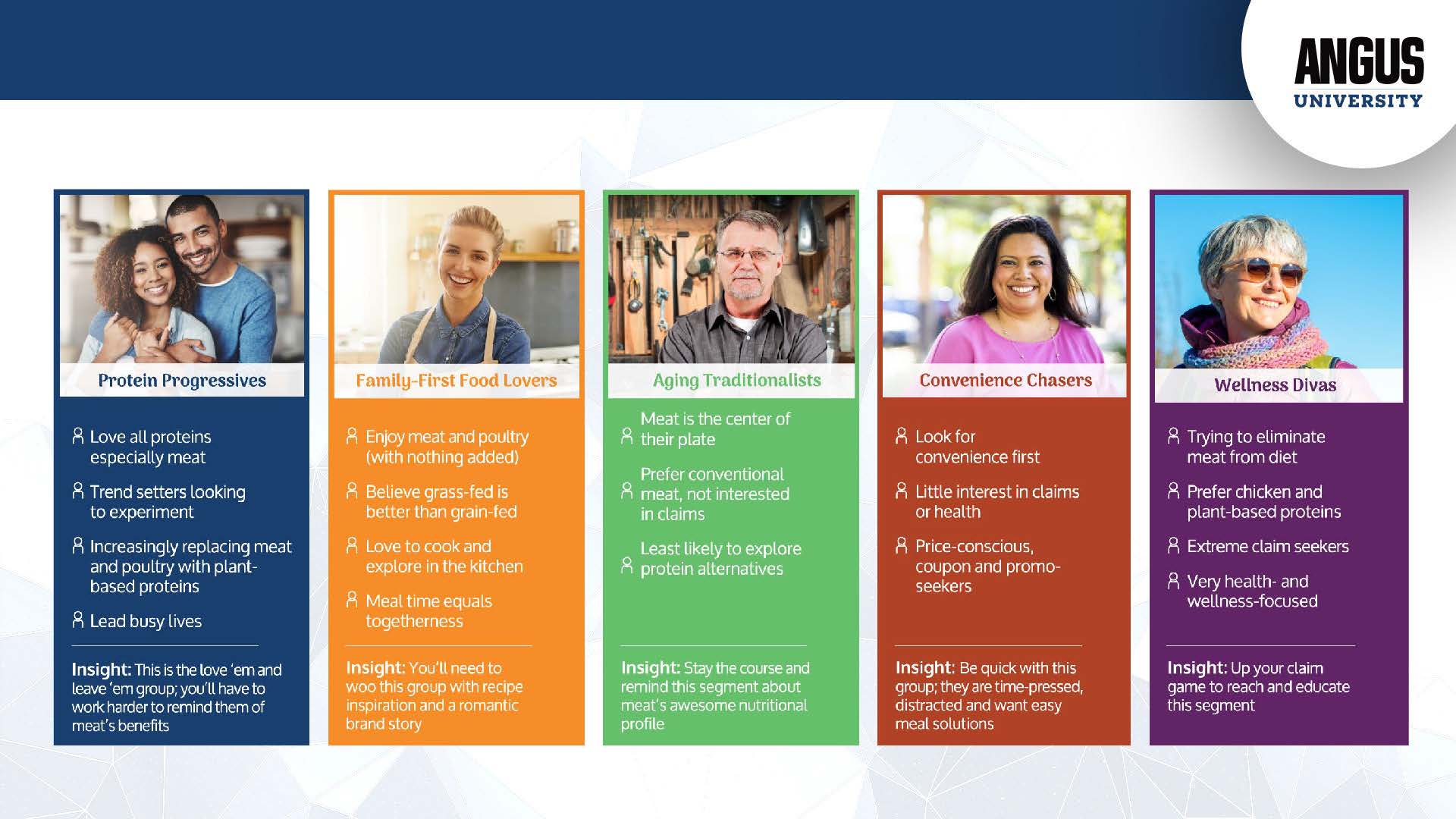
It’s up to beef brands to create messaging for beef to meet the needs of each of the five categories of meat consumer. (Data from the Midan Marketing Meat Consumer Segmentation 2.1 Survey, September 2020)
Uncontrollable Factors
Major disruptors have swept through the market, bringing more changes to how consumers shop based on circumstances out of their control.
The COVID-19 pandemic made consumers more comfortable cooking at home. Pre-pandemic, only 50% of people would eat meals at home; in March 2022 that number rose to 82%. From the same Meat Consumer Tracker survey, purchasing meat online went from just 14% before COVID-19 to 47% following.
There is an additional dynamic at play today that the industry has experienced in the past: inflation.
With inflation the highest it’s been in 20 years, 82% of consumers are concerned with higher food prices hitting their wallets, Amstein said.
When the price of goods increases, shoppers change their purchasing habits. In the 2022 Meat Consumer Tracker survey, 56% of consumers said they will seek less expensive protein options, 55% said they will freeze meat/chicken more often, and 40% said they’ll purchase more ground beef.
With these new behaviors during high inflation, the beef industry should focus on sharing unique, less expensive cuts of beef and ways to better utilize leftovers at home, she said.
Looking back at how the industry survived the 2008 recession, Amstein said communicating value is a big deal. Sometimes it’s just the sticker price, but other times it’s everything else—taste, quality, how it’s raised—that beef brings to the table.
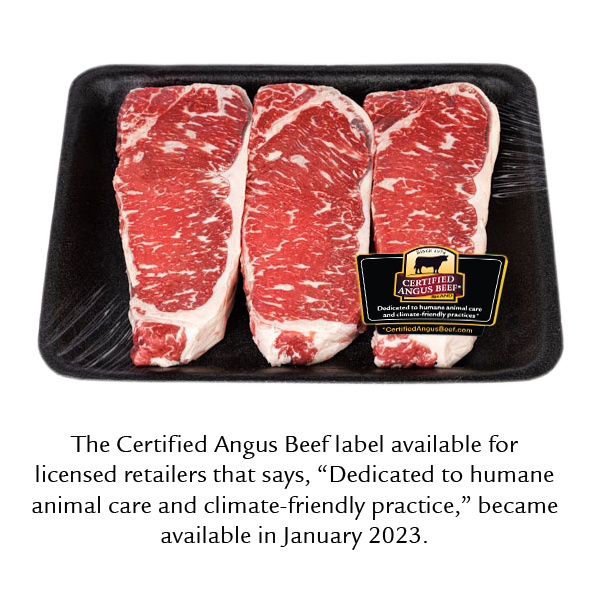
Translating Values at the Meat Case
Communicating that value is where beef brands can leverage production practices to tell consumers how their beef is raised, so they can feel good about purchasing it for their families. But first, our industry needs to know what quality means to those buying the product.
In the 2022 Beef Attributes Research Study, consumers ranked 28 different claims on packages for quality. The No. 1 choice was USDA Prime, but only 52% of respondents thought it was the highest quality. It was followed by USDA Choice, which is most commonly found at a grocery store, Amstein said. Only 30% of consumers considered Angus beef high quality.
“There is a very direct correlation here between the word ‘Angus’ and generations,” she said. Baby Boomers know the Certified Angus Beef ® brand story, and they think Angus means quality, but that recognition decreases with other generations.
This becomes especially relevant at retail. Walking through the grocery store, 94% of the meat case has some form of beef branding and it has changed how consumers think about brands, she said.
If we’re trying to reach the adventurous Gen Z shoppers, there should be marketing messages that communicate how the versatility of beef meets that need.
In a 2021 Gallup survey, farmers and ranchers earned 57% on the trust scale. “That’s high and we have to hold onto that by communicating what’s happening at the ranch,” she said.
“Because as the world gets tipsy turvy, they want that reassurance that what we are raising for them is what we are eating. That what we are raising is good. We’re not cutting corners and we’re taking good care of the animals,” Amstein said. “The best way we know to do that is to leverage brands.”
To be successful and share a stronger story, we’ll all have to get out of our comfort zone to brand, label and market beef, Amstein said. “It really is all about the message.”
Applying the Research to the Certified Angus Beef ® brand
As aging traditionalists shrink in their share of consumers, a younger generation is growing at the checkout counter. To continue being the leading beef brand, CAB must offer a product that goes beyond taste.
The most direct way to communicate with consumers is through marketing claims. CAB now offers its licensed retailers a marketing label that says “Dedicated to Humane Animal Care and Climate-friendly Practices” to offer a feel-good factor and address customers’ top concerns.
This is only possible with additional information from the beef production sector. That’s why CAB considers accredited programs such as Beef Quality Assurance (BQA) a baseline for cattle care practices and an effective way to standardize animal welfare. Certifications such as BQA can be used to communicate what’s happening at the ranch to care for cattle to generate stronger trust in farmers and ranchers. To learn more, visit CutTheBull.info.
Additionally, CAB created the Working Grasslands Conservation Initiative to support consumers’ environmental concerns. Working with Ducks Unlimited, CAB is collecting data to show how cattle are part of a healthy ecosystem.
While the foundation that CAB was founded hasn’t changed–creating demand for registered Angus cattle–additional information creates value for today’s beef consumer.
Information in this story was presented at Angus University during the 2022 National Angus Convention.
This story was originally published in the March 2023 Angus Journal.
You may also like
$100,000 Up for Grabs with 2024 Colvin Scholarships
Certified Angus Beef is offering $100,000 in scholarships for agricultural college students through the 2024 Colvin Scholarship Fund. Aspiring students passionate about agriculture and innovation, who live in the U.S. or Canada, are encouraged to apply before the April 30 deadline. With the Colvin Scholarship Fund honoring Louis M. “Mick” Colvin’s legacy, Certified Angus Beef continues its commitment to cultivating future leaders in the beef industry.
Raised with Respect™ Cattle Care Campaign Launched This Fall
Raised with Respect™ was developed as part of a strategic cattle care partnership between Sysco and CAB. The collaboration focuses on supporting farmers and ranchers, equipping them with continuing education to stay current on best management practices and helping to increase consumer confidence in beef production.
Drought Impact and Cattle Industry Dynamics
As drought conditions persist across much of cattle country, farmers and ranchers are at a pivotal juncture in the cattle industry’s landscape. What impact does this prolonged dry spell have on the nation’s herd numbers? When will heifer retention begin? How will industry dynamics influence the spring bull sale season?






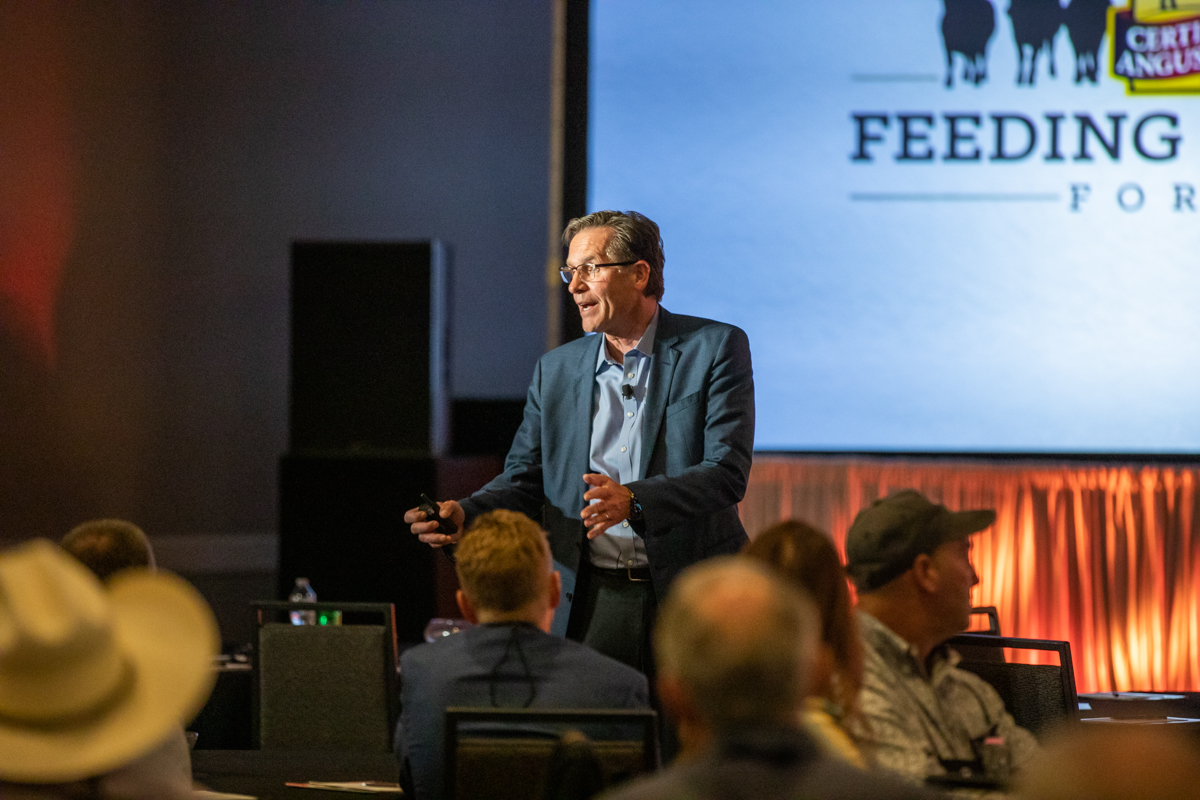

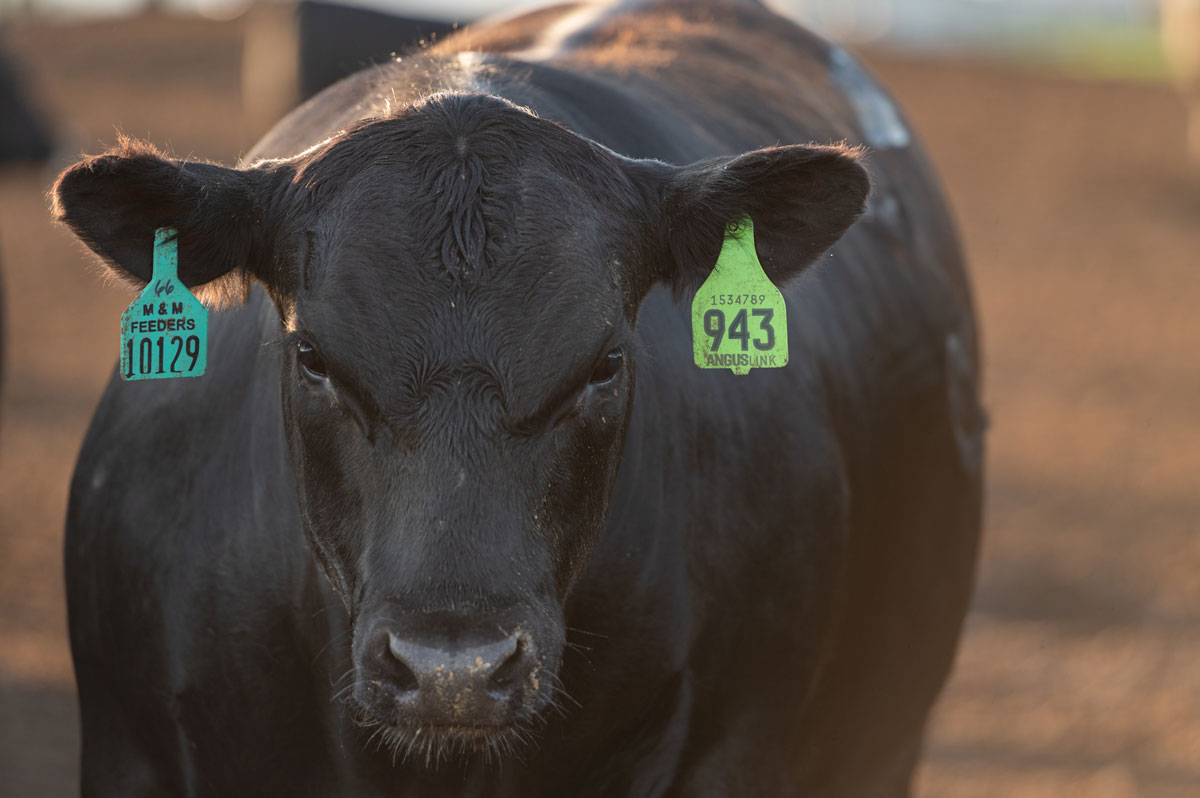
 Cattle with a predominantly black hide are then marked with blue ink on the hock of the hanging carcass at the packing plant. Later, chilled carcasses are evaluated to see if they can meet
Cattle with a predominantly black hide are then marked with blue ink on the hock of the hanging carcass at the packing plant. Later, chilled carcasses are evaluated to see if they can meet 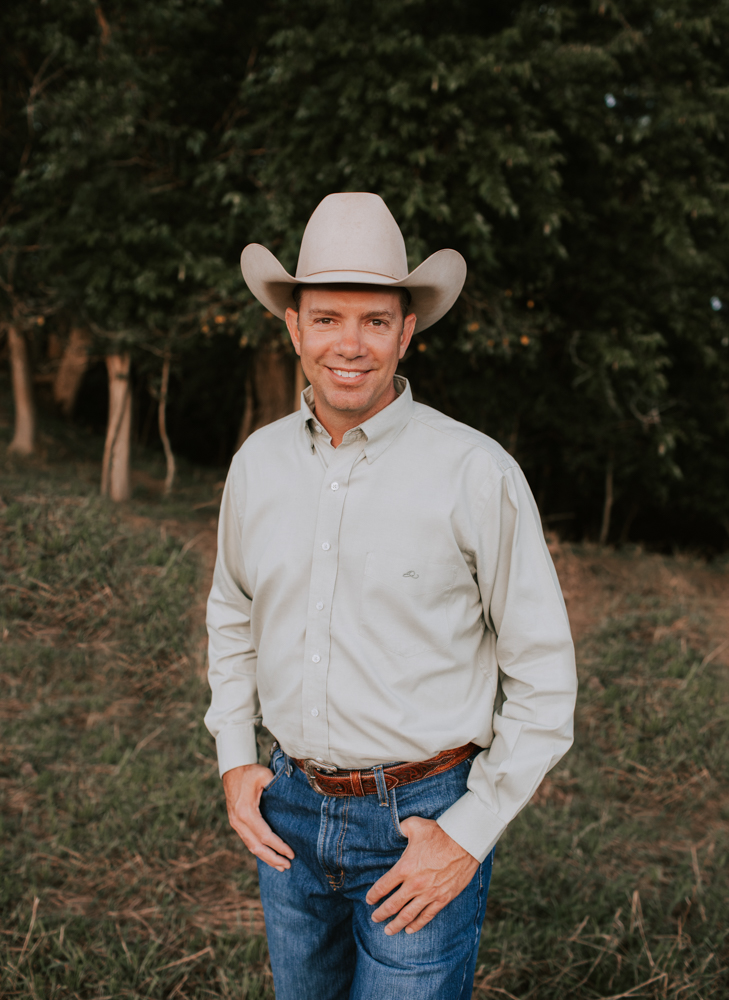 “For a brisket, the Certified Angus Beef premium actually adds $10.35/cwt. to the spread over Choice,” Dykstra said. “We sure wish the brisket weighed more with that premium. But with 44 lb. and 5% of total carcass value, it still contributes almost $5 per head on the cutout.”
“For a brisket, the Certified Angus Beef premium actually adds $10.35/cwt. to the spread over Choice,” Dykstra said. “We sure wish the brisket weighed more with that premium. But with 44 lb. and 5% of total carcass value, it still contributes almost $5 per head on the cutout.”



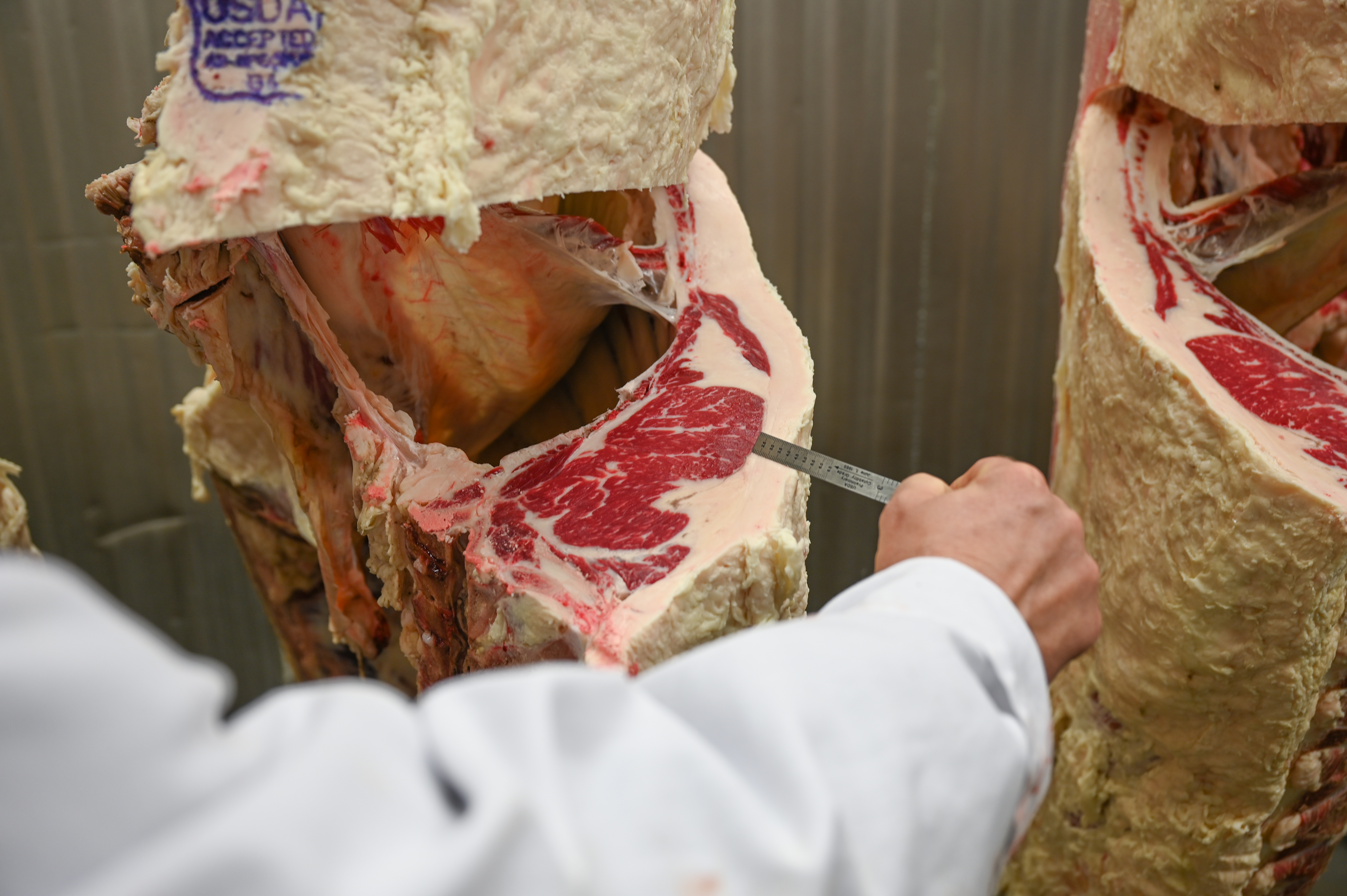

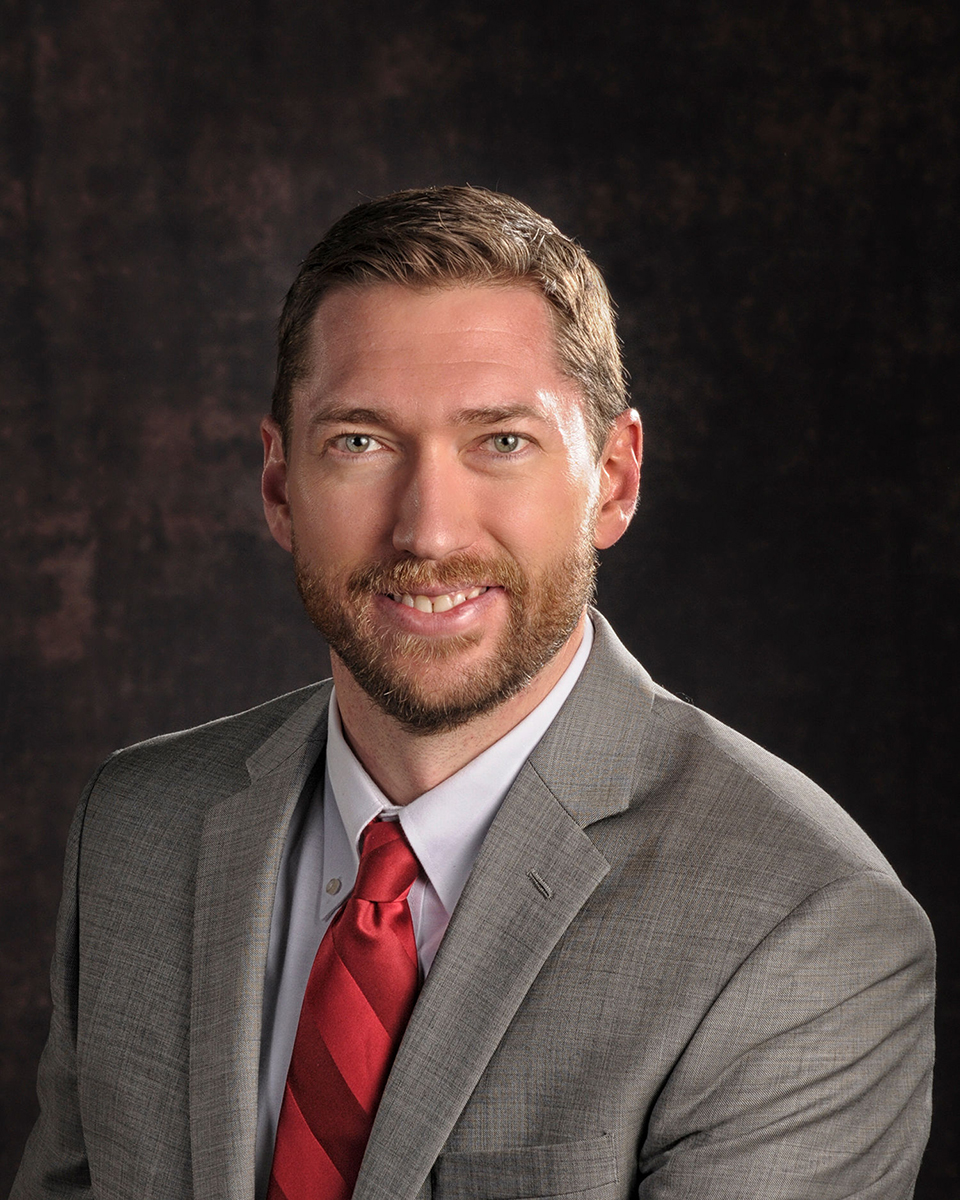
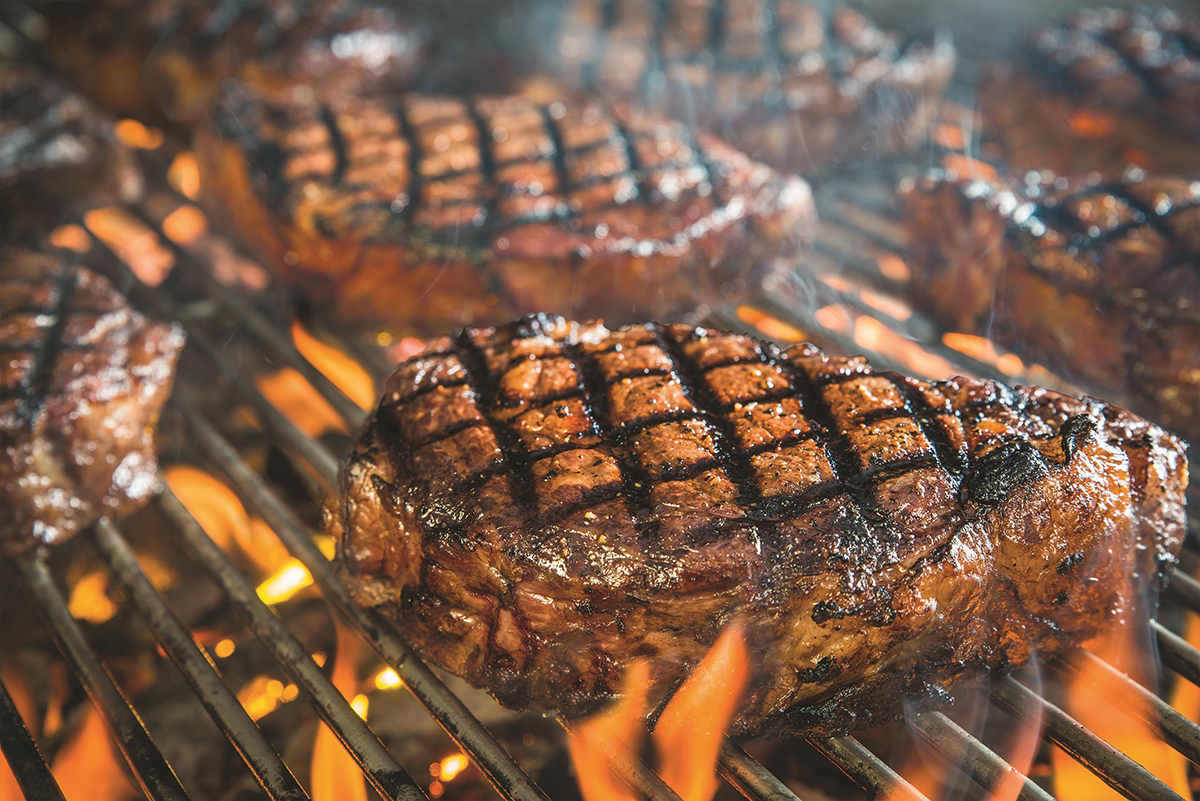
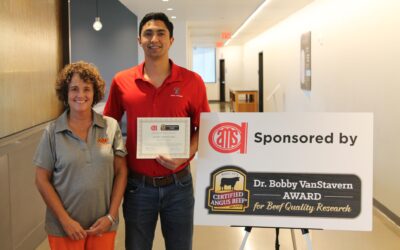
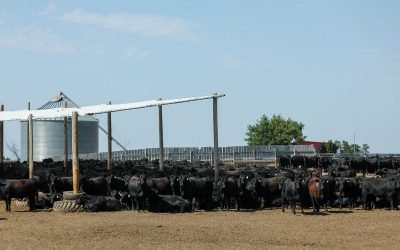
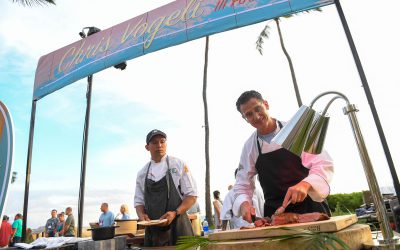

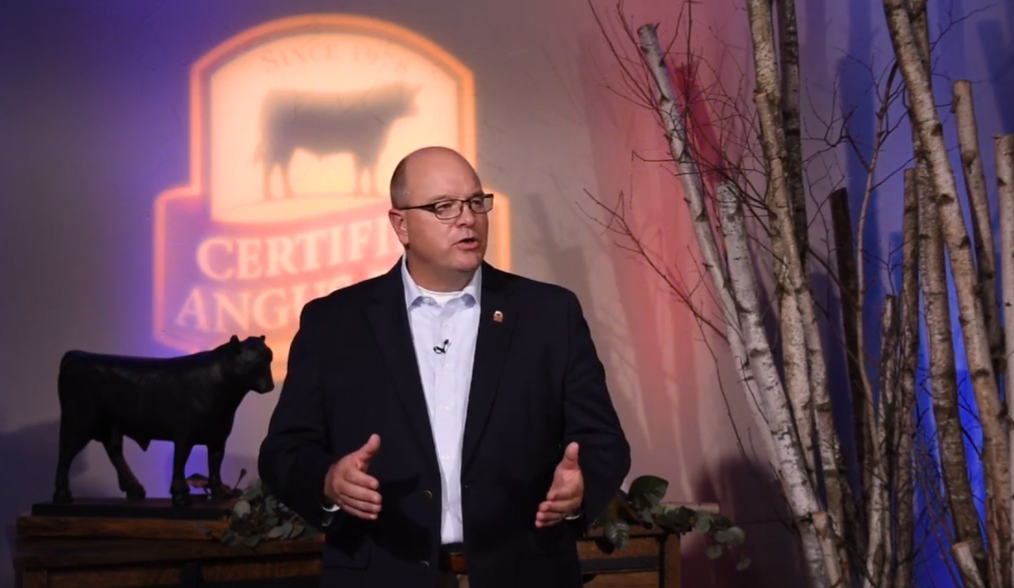
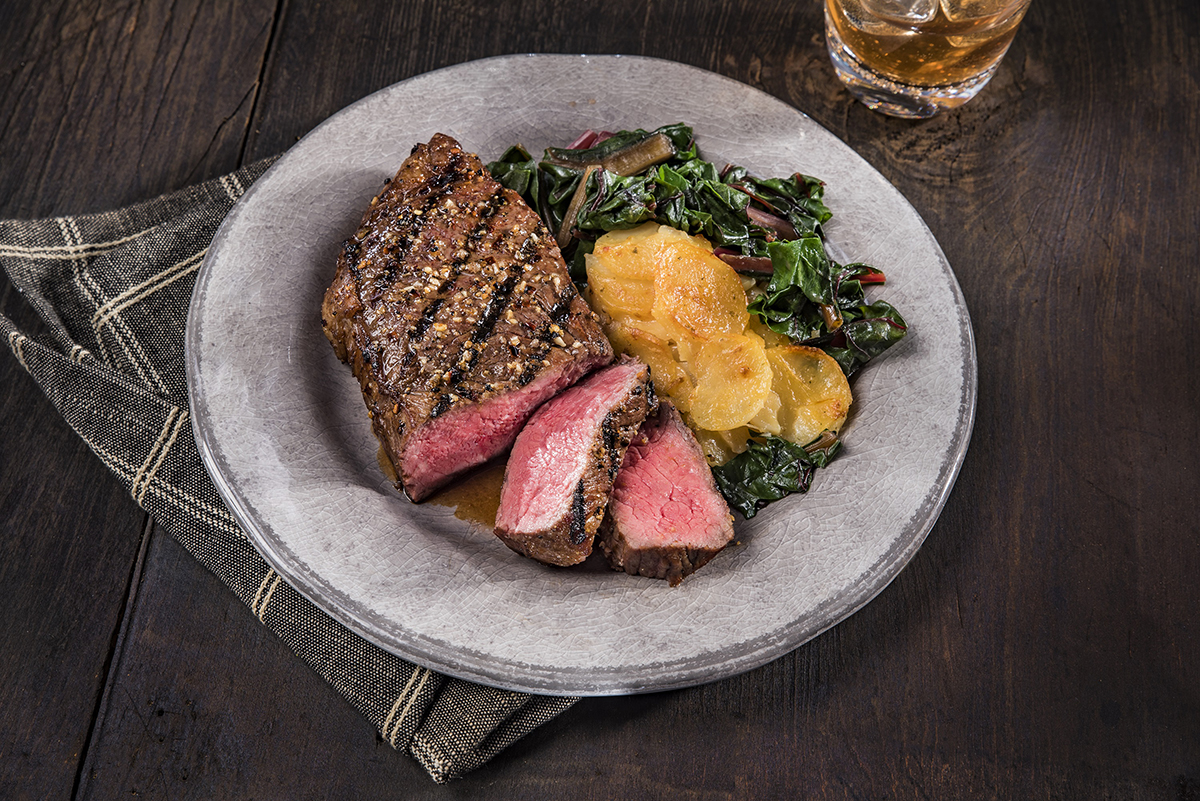


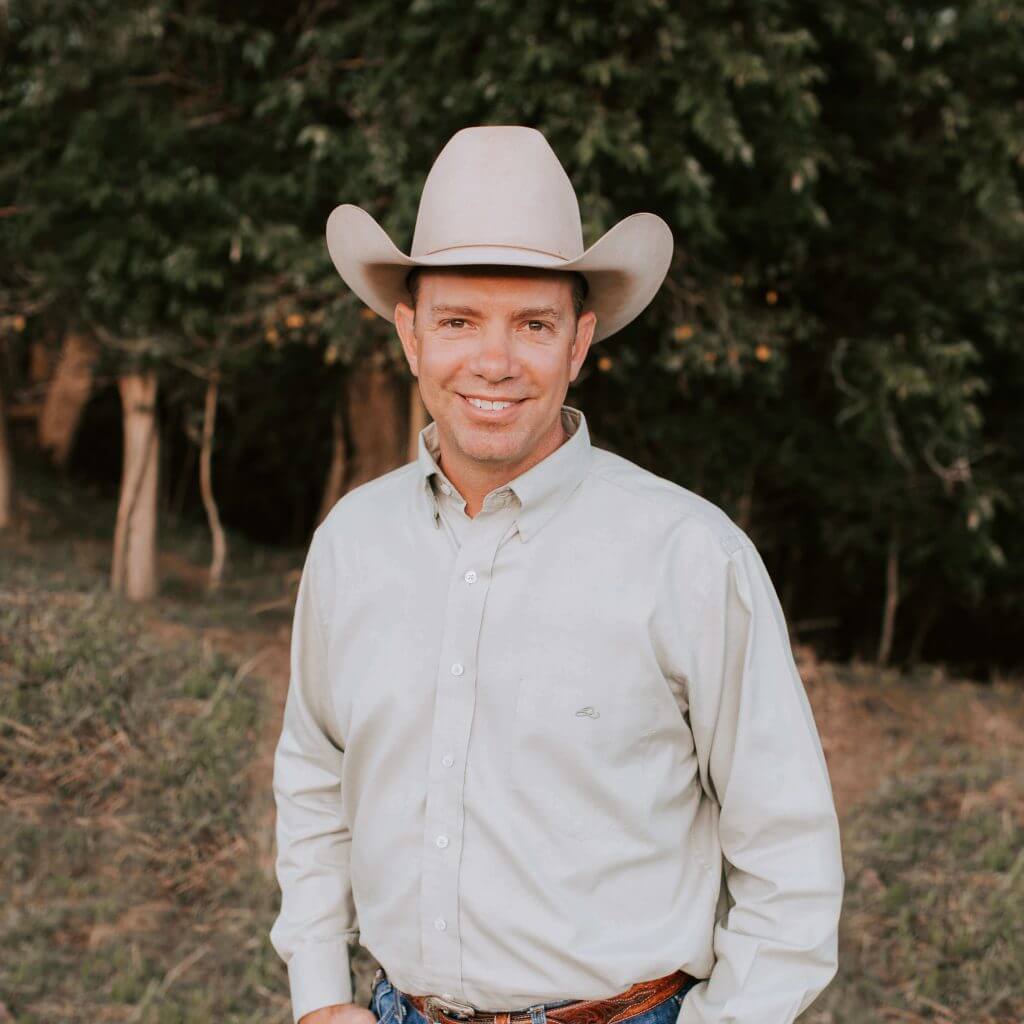
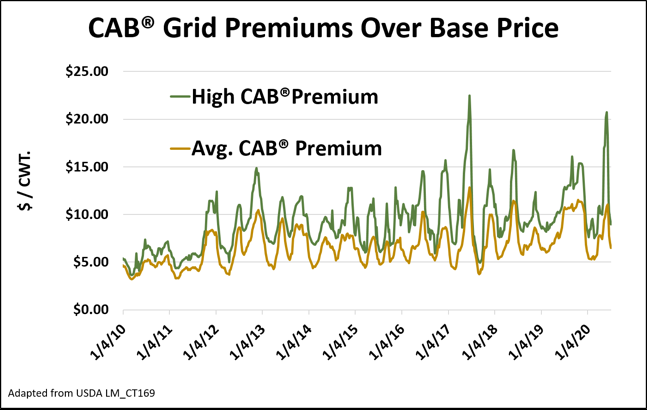
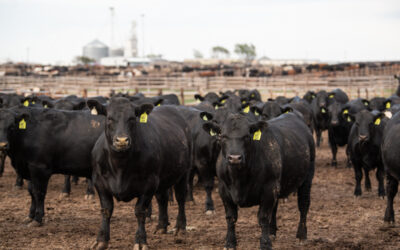
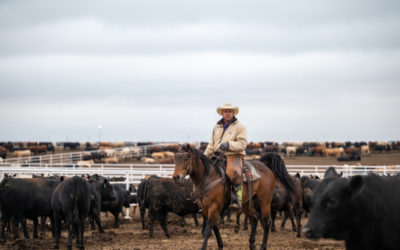
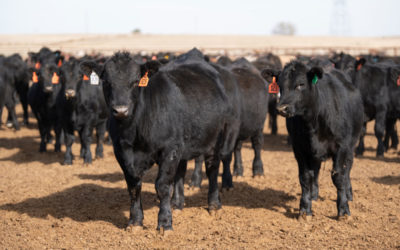

 Cattle, labor, physical capital and technology make up the beef production equation, he said. When any of those fall out of balance, it’s communicated through prices.
Cattle, labor, physical capital and technology make up the beef production equation, he said. When any of those fall out of balance, it’s communicated through prices.

